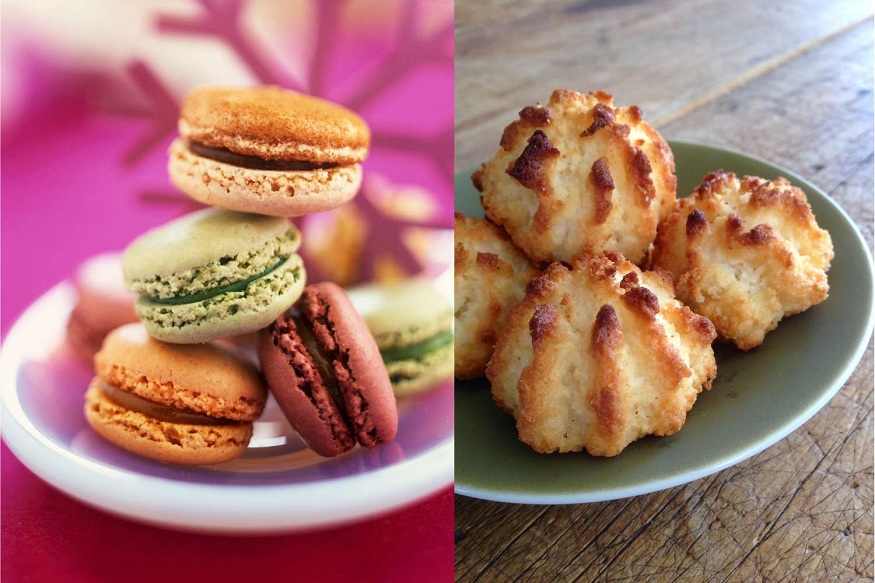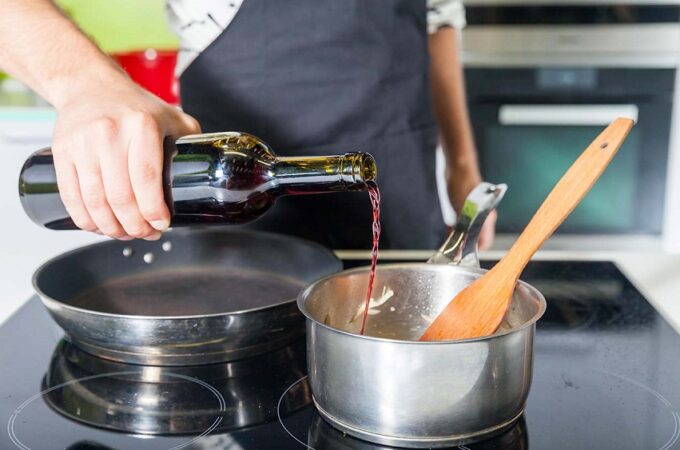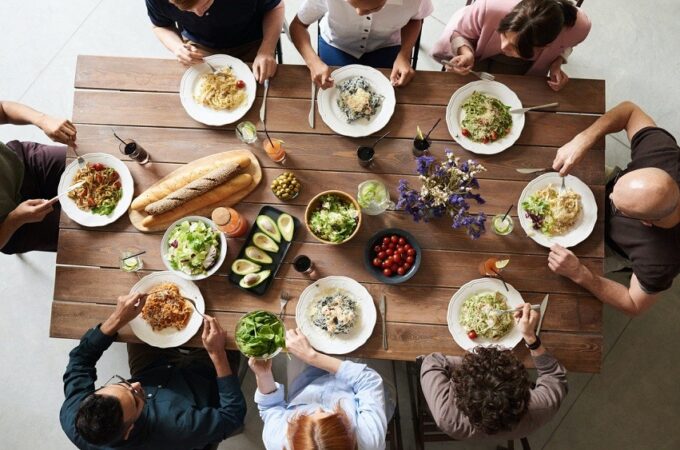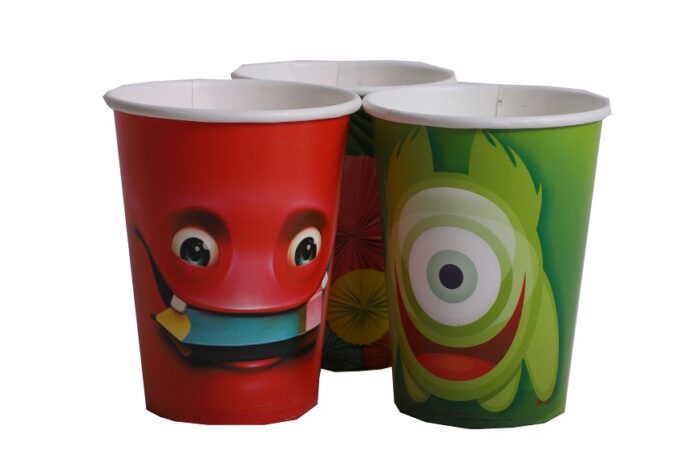
What is the difference between a macaroon and a macaron?
Macarons and macaroons are two sweet treats with similar names, but they are entirely different. They are both delicious French desserts, and it’s easy to confuse them.
Although they may look alike to some, macarons and macaroons have different ingredients, flavors, textures, and origins. In this article, we’ll explore the difference between macarons and macaroons.
What is a Macaron?
Macarons are delicate, meringue-based sandwich cookies that have a smooth, crisp shell and a chewy interior.
They come in a variety of colors and flavors, including chocolate, raspberry, pistachio, and vanilla. Macarons are often filled with buttercream, ganache, or jam.
Macarons are made from egg whites, powdered sugar, almond flour, and granulated sugar. The egg whites are beaten until stiff peaks form, and then the powdered sugar and almond flour are folded in.
The batter is piped onto a baking sheet and left to rest for 20 to 30 minutes, which allows the shells to develop a skin. This is what creates the macaron’s characteristic smooth top.
After resting, the macarons are baked in a preheated oven for around 12 to 15 minutes. Once baked, the shells are carefully removed from the baking sheet and allowed to cool completely before being filled.
Macarons are a French delicacy that originated in the 16th century. They were initially made with a filling of almond paste and honey, and the recipe evolved over time. Today, macarons are one of the most popular French desserts and can be found in patisseries all over the world.
What is a Macaroon?
Macaroons are a type of cookie that is made from shredded coconut, egg whites, sugar, and vanilla extract. They are denser and chewier than macarons and have a rough, craggy exterior.
Macaroons are often dipped in chocolate and can be made in a variety of flavors, including chocolate, almond, and raspberry.
Macaroons are made by whisking egg whites until stiff peaks form and then folding in sugar, vanilla extract, and shredded coconut.
The mixture is then scooped onto a baking sheet and baked in a preheated oven for around 15 to 20 minutes, or until the cookies are golden brown.
Macaroons have a long history and can be traced back to Italy in the 9th century. They were introduced to France in the 16th century and became popular during the Jewish holiday of Passover, as they are a flourless dessert.
What are the Differences between Macarons and Macaroons?
Now that we know what macarons and macaroons are let’s look at the differences between the two.
Origins
Macarons and macaroons have distinct origins, with one coming from Europe and the other from the Middle East.
Macaroons are thought to have originated in Italy or France, while macarons are said to have come from the Middle East, specifically Persia, and were brought to France by Catherine de’ Medici in the 16th century.
Macaroons were originally made with almond paste, sugar, and egg whites, and were often shaped into small domes and baked until golden brown. Macarons, on the other hand, were traditionally made with ground almonds, sugar, and egg whites, and were sandwiched together with a filling such as jam or buttercream.
Ingredients
One of the most significant differences between macaroons and macarons is the ingredients used to make them.
Macaroons are typically made with shredded coconut, egg whites, and sugar. Some recipes may also include almond flour, vanilla extract, or chocolate chip.
Macarons, on the other hand, are made with almond flour, powdered sugar, and egg whites. These three ingredients are the foundation of the macaron shell, which is what gives the dessert its characteristic texture and flavor.
To achieve different colors and flavors, food coloring and flavorings such as vanilla, raspberry, or chocolate may be added to the shell.
Texture
The texture of macaroons and macarons is also quite different. Macaroons are dense, chewy, and coconutty, with a slightly crispy exterior. They are often shaped into small, domed mounds, which give them a distinct appearance.
Macarons, on the other hand, have a light, airy texture with a delicate crispness on the outside and a soft, chewy interior.
The texture of the macaron shell is what sets it apart from other desserts, and it requires a delicate balance of ingredients and precise baking techniques to achieve.
Appearance
One of the most noticeable differences between macaroons and macarons is their appearance. Macaroons are small, round, and somewhat lumpy, with a rough, textured surface.
They are often drizzled with chocolate or topped with a cherry or other small fruit. Macarons, on the other hand, are perfectly smooth and symmetrical, with a glossy surface and a distinctive “foot” around the base.
The “foot” on a macaron is a result of the baking process. When the macaron batter is piped onto a baking sheet, it forms a small mound.
As it bakes, the batter rises and forms a smooth, flat top, while the bottom expands outward and forms a small “foot.”
This foot is a signature characteristic of macarons and is a result of the combination of almond flour, egg whites, and sugar in the batter.
Flavor
Another difference between macaroons and macarons is their flavor. Macaroons are often flavored with vanilla or almond extract, and they have a distinctly coconutty taste.
Macarons, on the other hand, come in a wide variety of flavors, from classic options like vanilla and chocolate to more exotic choices like lavender and earl grey.
Macarons are also much more delicate and finicky to make than macaroons. The process of making macarons involves carefully measuring and mixing the ingredients, piping the batter onto a baking sheet, and allowing the macarons to rest before baking.
If any of these steps are done incorrectly, the macarons may not rise properly or may crack during baking.
Baking process
Macaroons are much simpler to make. The ingredients are mixed together in a bowl, the batter is scooped onto a baking sheet, and the macaroons are baked until golden brown.
While macaroons can be finicky in their right (overmixing the batter can result in a tough, dry cookie), they are generally considered to be more forgiving than macarons.
Nutritional content
In terms of nutritional content, macaroons and macarons are fairly similar. Both treats are high in sugar and calories, with macaroons averaging around 100 calories each and macarons coming in at around 80-100 calories each.
However, macaroons tend to be slightly higher in fat and lower in carbohydrates than macarons.
Taste
Macaroons and macarons also differ in terms of taste. Macaroons have a distinct coconut flavor and are quite sweet, with a slightly nutty aftertaste.
They are often described as being rich and indulgent, and are a popular choice for those with a sweet tooth.
In contrast, macarons have a delicate, nuanced flavor that can vary depending on the filling. The shells themselves are not particularly sweet, and are designed to complement the flavor of the filling rather than overpower it.
Final words
The main difference between macarons and macaroons is their ingredients and texture. Macarons are delicate, meringue-based French pastries made with almond flour, egg whites, and sugar, while macaroons are dense, coconut-based cookies made with shredded coconut, egg whites, and sugar.
Another notable difference between the two desserts is their appearance. Macarons are known for their colorful shells and delicate, uniform appearance. On the other hand, macaroons have a rustic, rough appearance, with their shredded coconut and irregular shapes.




